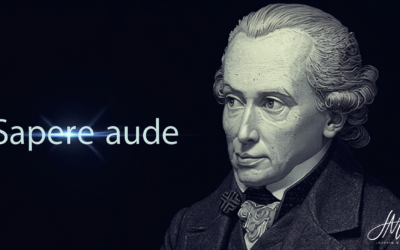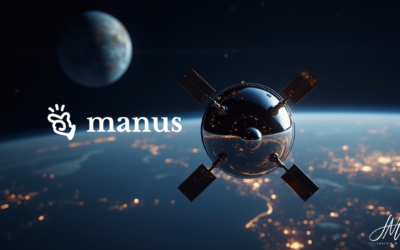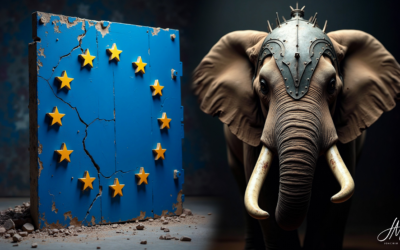In today’s fast-paced business world, creativity is a crucial factor for success. Companies are constantly striving to find new approaches to generate innovative ideas and increase their competitiveness.
Traditional creative methods such as brainstorming, the 6-3-5 method, the KJ method (Jiro Kawakita), the headstand method, SCAMPER and the Walt Disney method have proven their worth. But how can these methods be further optimized through the use of Artificial Intelligence (AI)?
Brainstorming and Brainwriting
Two classic methods are generally used to generate ideas: brainstorming and brainwriting. In this method, teams come together to generate a large number of ideas in a short space of time.
AI can act as an additional participant in these processes by analyzing data and recognizing patterns that human participants may overlook. For example, an AI-powered platform such as ChatGPT can provide suggestions based on previous discussions and current trends, enriching the creative process.
6-3-5 Method
In the 6-3-5 method, six participants each write down three ideas and pass them on after five minutes. The use of artificial intelligence (AI) as a supporting tool is an advantage here, as the ideas generated can be analyzed and developed further.
The integration of AI enables ideas to be evaluated more quickly and enriched with additional information. This generates more in-depth and well-thought-out suggestions.
SCAMPER
The SCAMPER method (Substitute, Combine, Adapt, Modify, Put to another use, Eliminate, Reverse) is a structured technique for finding ideas. The use of Artificial Intelligence can be helpful in this process by providing suggestions for each of the seven categories.
For example, an AI-powered platform can automatically suggest alternative solutions based on existing data and successful case studies. This enables participants to develop new perspectives and find innovative solutions.
Walt Disney Method
The Walt Disney method is a creative technique in which three roles are assumed: the dreamer, the realist, and the critic. AI can support each of these roles by adopting different perspectives and making appropriate suggestions.
A possible example prompt for the AI could look like this:
- Dreamer: “Create a list of innovative and visionary ideas for our new product, without considering limitations.”
- Realist: “Evaluate the dreamer’s ideas and develop realistic implementation plans for the most promising proposals.”
- Critic: “Analyze the realist’s implementation plans and identify potential weaknesses and risks.”
Practical application examples
- Product Development: A medium-sized company in the healthcare sector uses AI to generate new product ideas during a brainstorming workshop. The AI analyzes market data and patient trends to provide the team with suggestions that they can develop further.
- Process Optimization: A production company uses the 6-3-5 method to find new approaches to increase efficiency. The AI evaluates the ideas in real-time and provides additional data to support decision-making.
- Marketing Campaigns: A retail company develops innovative marketing campaigns using the Walt Disney method. AI takes on the role of dreamer, realist, and critic to create comprehensive and thoughtful campaign strategies based on current market trends and consumer behavior.
Conclusion
The integration of AI into traditional creative methods holds enormous potential. It not only enables more efficient and in-depth idea generation, but also supports the implementation of innovative solutions. Companies that utilize these synergies can sustainably increase their competitiveness and thus secure a decisive competitive advantage.






